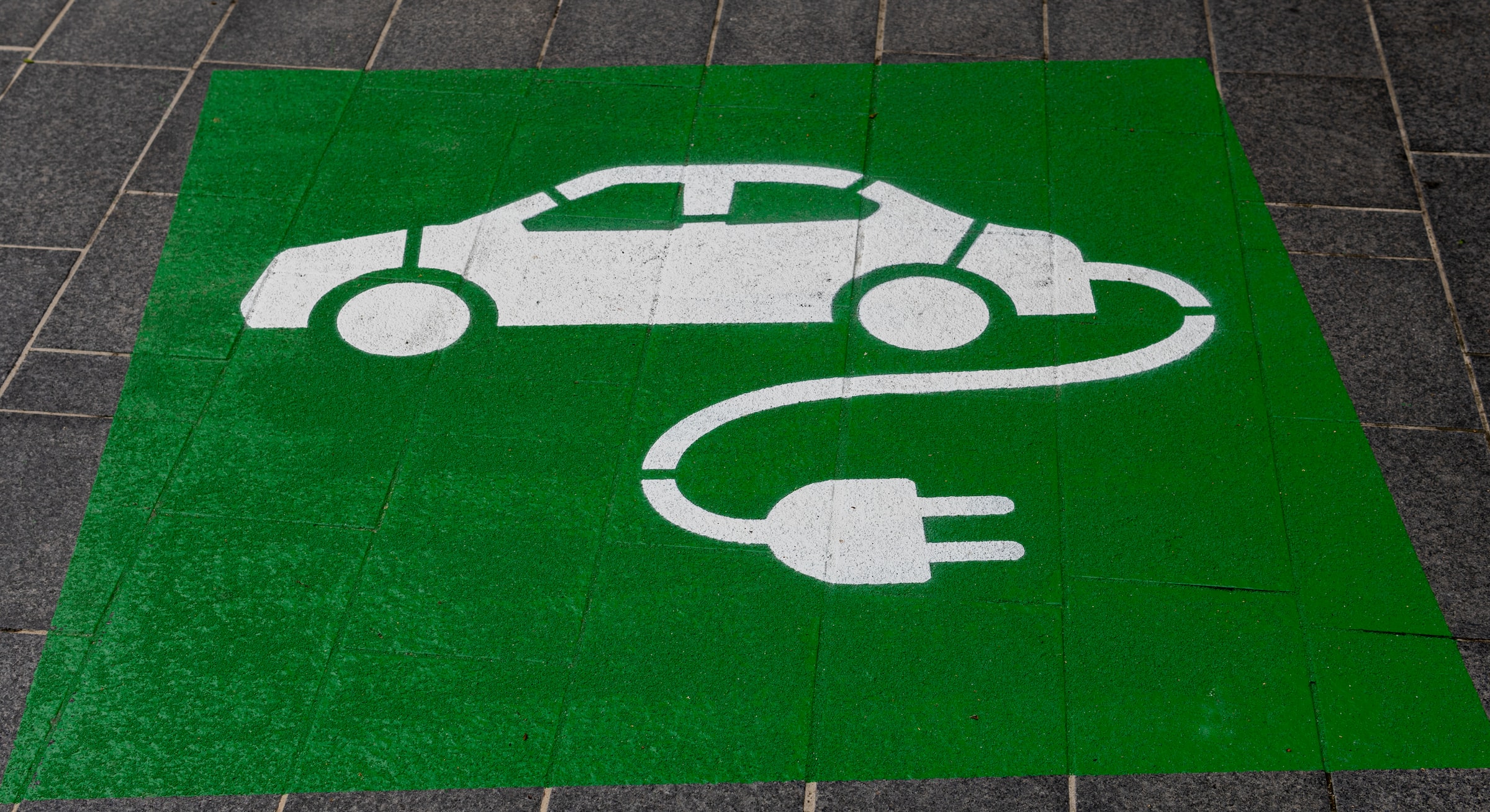The mass adoption of electric vehicles has recently become a popular method for combating climate change. More companies enter the market with each passing year, with models ranging from SUVs to pickup trucks, and tax breaks abound to incentivize the purchase of these vehicles. As far as partial solutions to the climate crisis go, it seems as though the world’s citizens truly believe that electric cars are the future. They shouldn’t.
The technology for mass rollout and efficient use isn’t there, lithium essential to battery production is rarer than preferred, and highway expansion damages the environment. Despite their many benefits, electric cars are not a viable path toward a healthier planet.
Undoubtedly, there are many good reasons to transition from gas-powered to electric vehicles. The primary rationale is that the switch to EVs would result in an invaluable lowering of harmful greenhouse gas emissions, as EVs have no tailpipe emissions. This argument for transition holds up even when considering the means of generating the electricity used to power these vehicles. The exact makeup of a nation’s power infrastructure varies from case to case, consisting of a mix of renewable energy sources like wind or solar and carbon-emitting sources such as coal or natural gas. Nevertheless, research indicates that in any case, EVs produce fewer emissions than their gas-guzzling counterparts. The same is even true when considering the emissions produced in the manufacturing of their batteries.
Electric cars are safe, reliable and are proven to be better for the environment, and they will only improve as energy infrastructure and battery technology evolve. However, they come with a multi-layered problem — one that will prevent their widespread implementation and limit their efficacy in fighting climate change. The end goal is to get traditional gas-powered vehicles off the road: an objective that’s accompanied by its fair share of obstacles.
- Problem 1: Before combustion engines can be replaced with batteries, those batteries must first be built. America doesn’t have the mineral supply to meet that demand, but it is trying to fix the shortage. Lithium, a key component in batteries, currently costs a premium, and the U.S. government is taking action to incentivize reinvestment in mining for this essential mineral. However, given the environmental impact of intensified mining efforts, some critics believe that the related expenses are better spent on other, less-harmful projects such as renewable energy. Either way, it will take time to see any results. This is a long-term problem with short-term urgency.
- Problem 2: It’s less of a question of where EVs will charge and more of a question of what will charge them. Even if America were to aim for a universal transition from combustion engines to their battery-powered counterparts, the infrastructure necessary to support such a shift simply does not exist. Larger vehicles, such as big rigs for shipping, produce greenhouse gas emissions at a far higher rate than the average passenger vehicle, but the energy required to make electrified versions viable is a tall and highly unrealistic order given the current state of American energy investment and our outdated electrical grid. Another long-term problem with short-term urgency.
- Problem 3: If the goal is, at the very least, a sweeping nationwide transition to electric vehicles, it ought to be concerning that there is a marked lack of interest among certain populations in purchasing them. Some refuse on ideological grounds, while others are divided according to whether they live in cities, suburbs, or rural areas. To achieve a sufficient level of EV adoption, these opinions must be changed through concerted effort. Even then, the expensive nature of electric cars — thanks in part to the price of lithium — precludes a large portion of the working class from even considering buying one. Again, long-term problem, short-term urgency.
- Problem 4: Just stop for a second and think. If the problem is cars, why does the solution have to involve more cars?
It’s a reductive way to put it, but the issue stands. Electric cars have taken center stage in the conversation on environmentalism, but not because they are the best option. Rather, EVs are at the forefront because of America’s love affair with cars. Electric vehicles are amazing works of science and ingenuity — that cannot be denied. It is best to not let the perfect be the enemy of the good: incremental progress is important and a valid approach to improving how we take care of the environment. However, the transition period to electric cars will be slow and arduous, and the result won’t necessarily be all that significant. It just isn’t enough, especially when we continue to pursue the same bad habits that cancel out whatever limited progress we make.
Cars are horribly inefficient in moving people around; they take up space, driving or parked, and they have an outsized individual impact on the environment, in more ways than just emissions. Essentially, America is getting ahead of itself. As EVs are introduced in greater numbers without a significant widespread shift from gas vehicles, there will be greater congestion without the elimination of dangerous emissions. The solution is road expansion, which not only harms the surrounding ecosystems but also tends to do nothing in the long run to solve congestion. Congestion is especially bad around cities, where emissions become a public health issue.
Here’s a great alternative that is more environmentally friendly, more economically viable, and more equitable so that all can benefit from a much-needed investment in public health: public transport. A reinvestment in public transportation solves the emissions issue about as well as EVs with fewer trade-offs, and transportation equity is not exacerbated by their high price tags. It is possible to improve the state of our urban areas, alleviate some of the burden of poverty and address climate change all at once.
It is unlikely that we will be able to effectively combat climate change by simply fine-tuning and “perfecting” our present way of life. Our irresponsibility in taking care of this planet demands that sacrifices be made in our efforts to save it. It’s crucial that as we head out into the world to take charge and make difficult decisions, that we focus on public and environmental health over the preservation of the car-centric status quo.

















